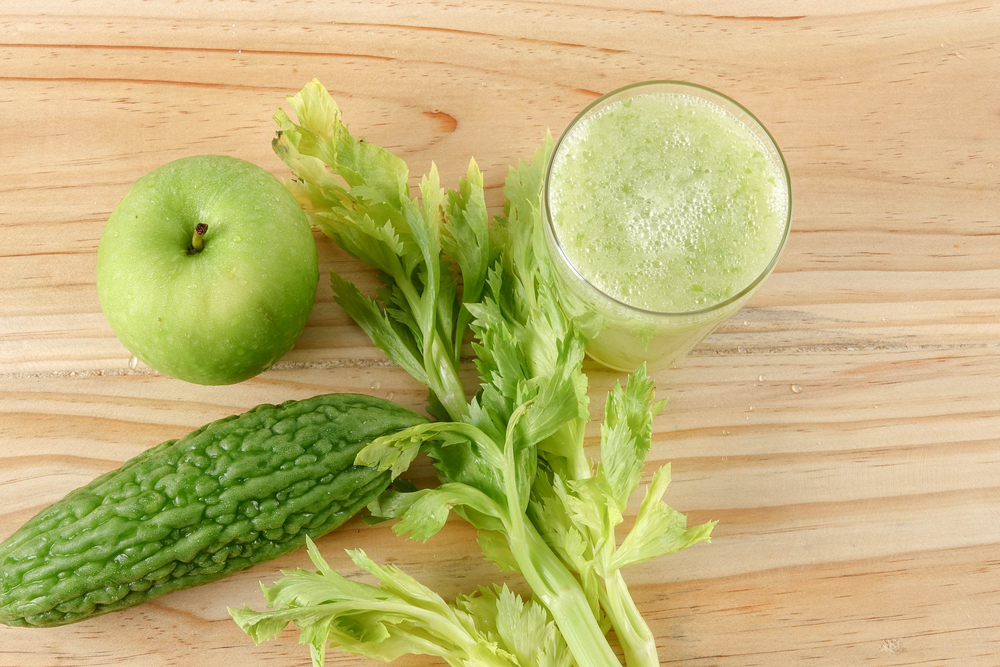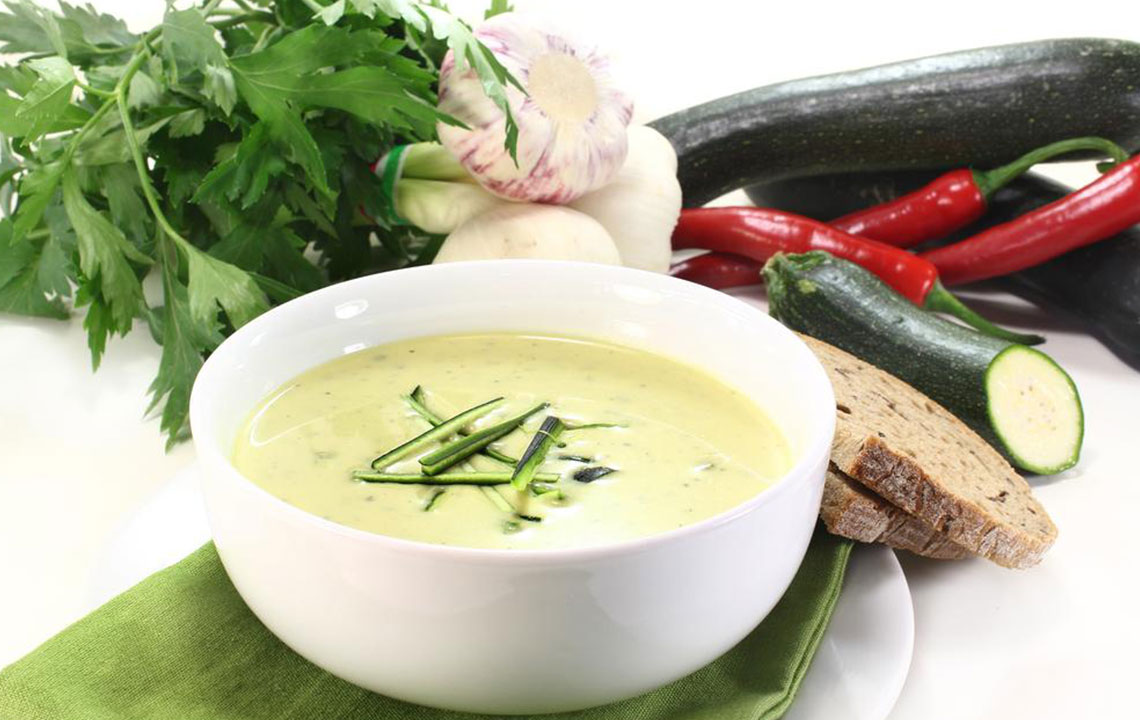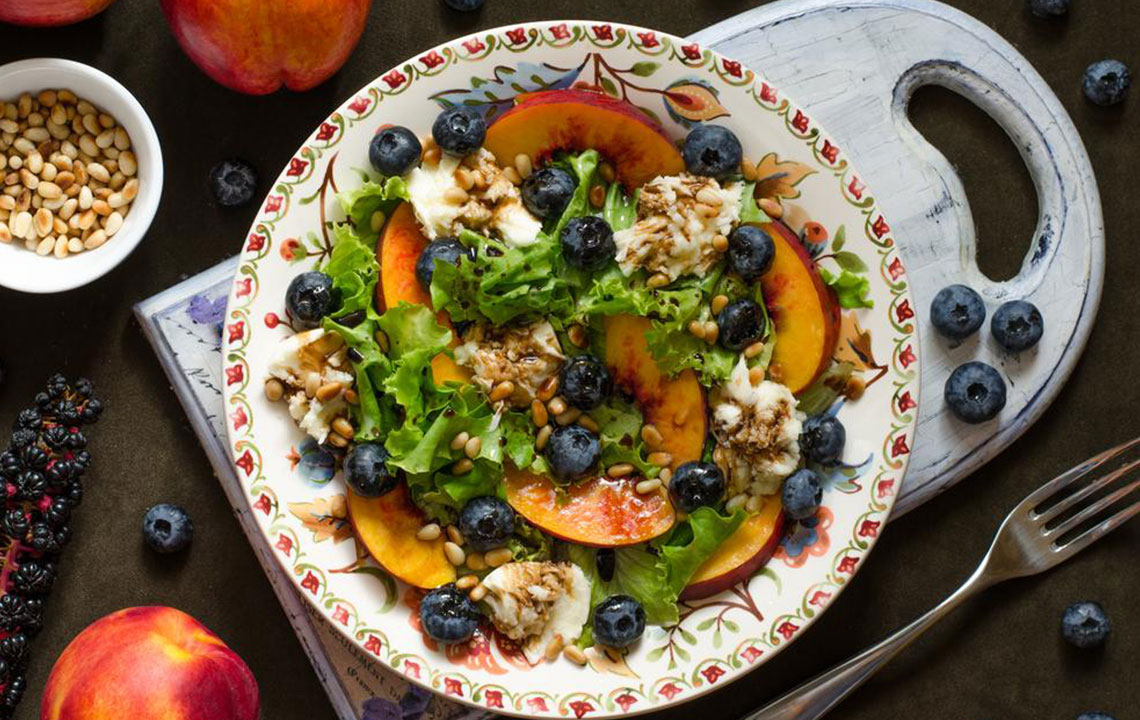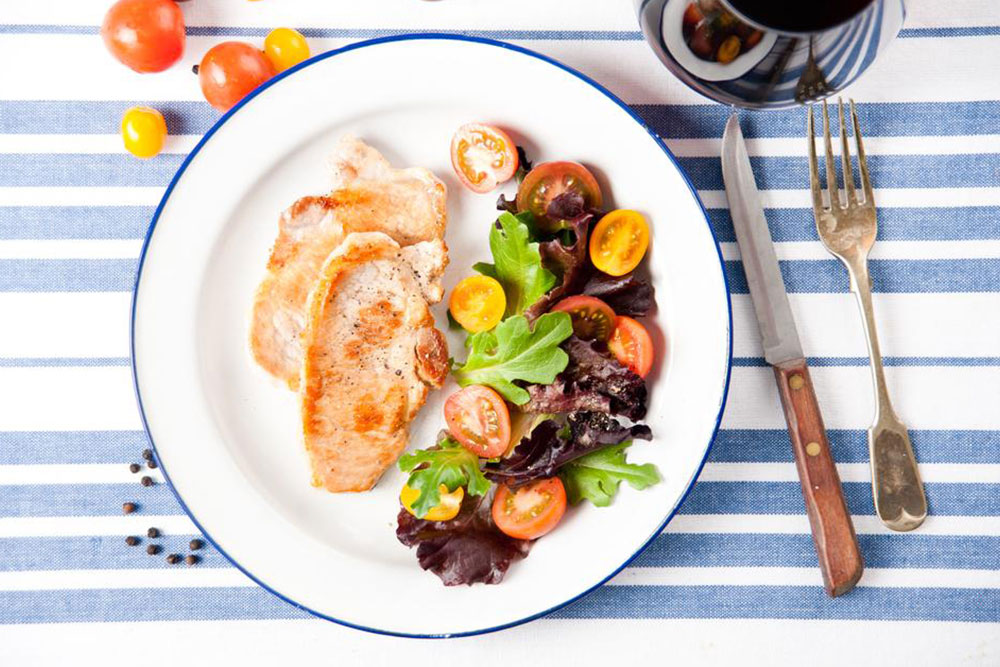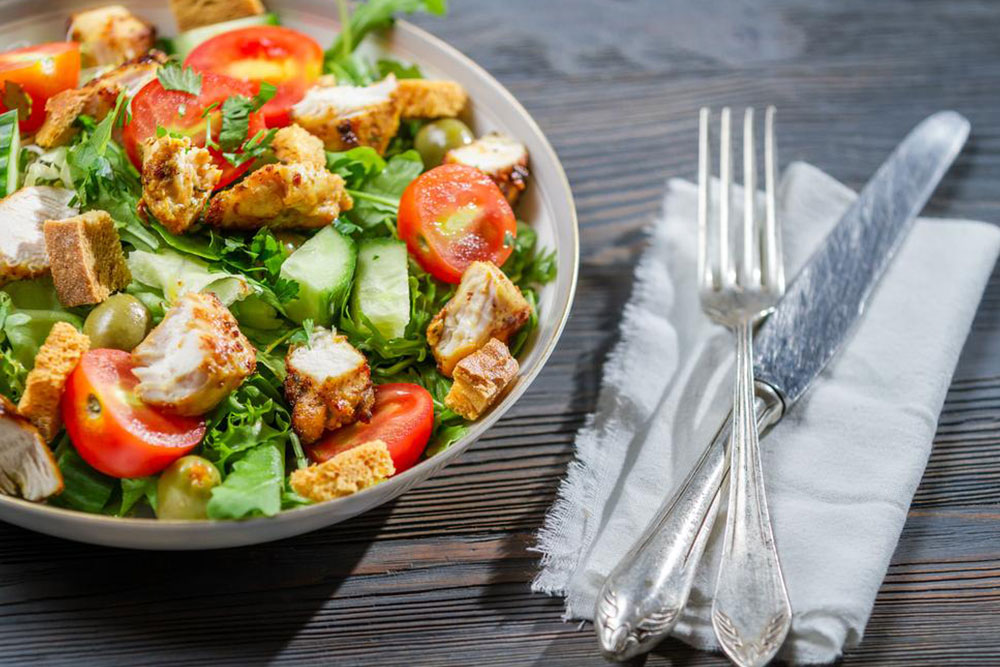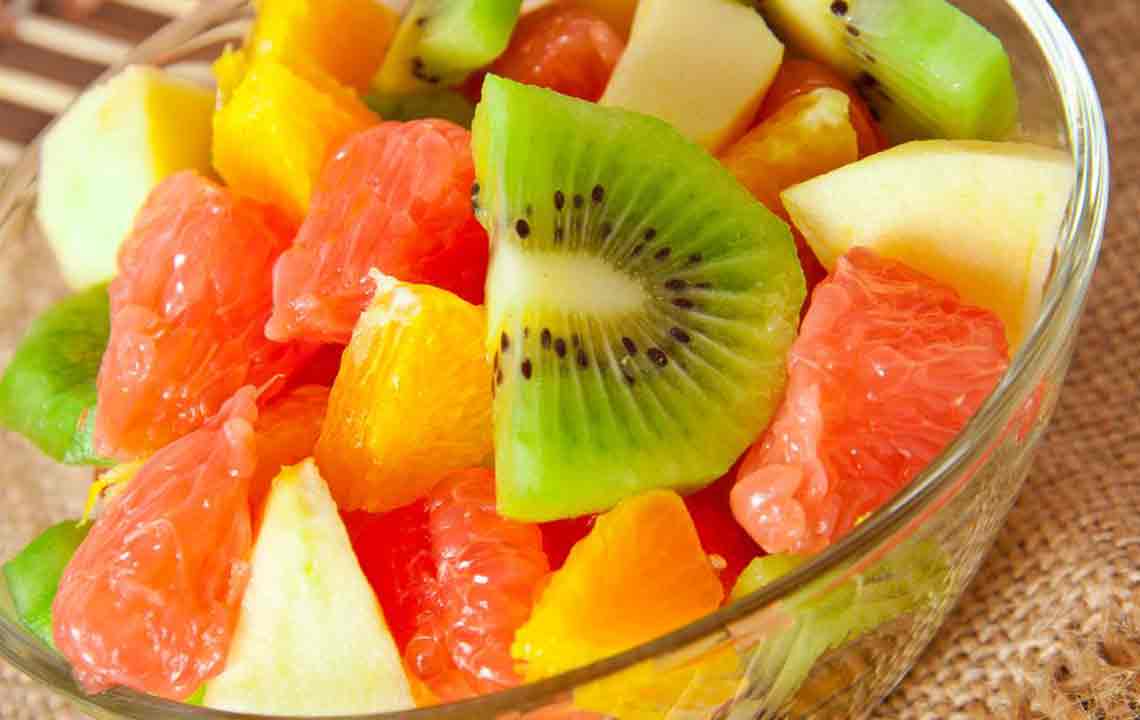Optimal Diet Strategies for Managing Gout
Learn effective dietary strategies for managing gout, including which foods to include and avoid. This guide helps reduce uric acid levels, minimize attacks, and improve joint health through proper nutrition, lifestyle modifications, and medication support.
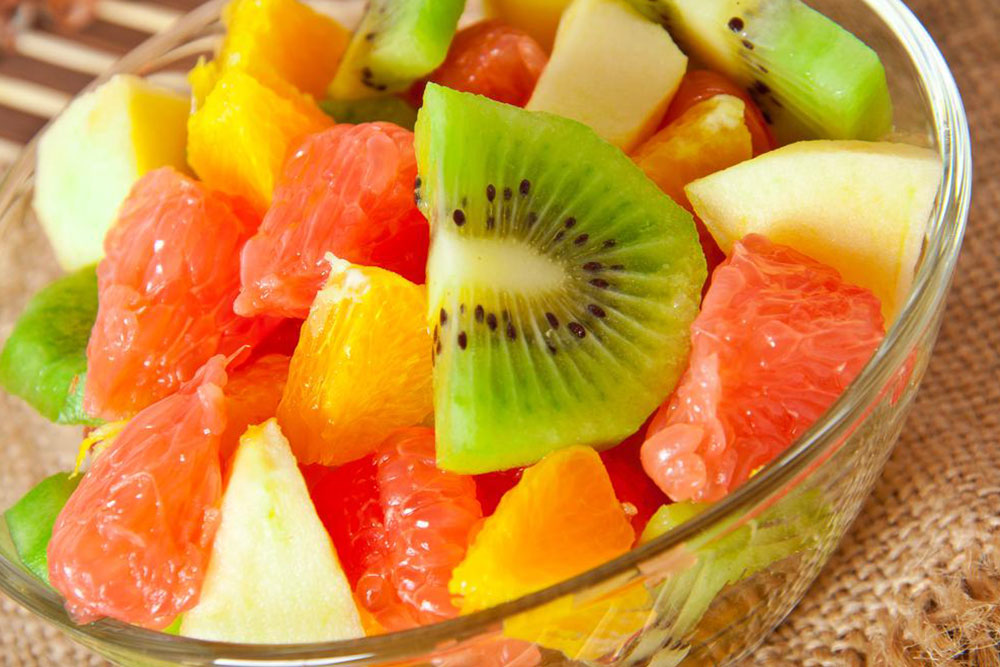
Optimal Diet Strategies for Managing Gout
Gout is a type of arthritic condition characterized by joint swelling, pain, and inflammation. It commonly affects areas such as the knees, ankles, fingers, wrists, and especially the big toes. Around 8.3 million individuals in the country are affected by gout. The condition stems from high levels of uric acid in the bloodstream, a waste byproduct formed during the digestion of certain foods. Excess uric acid can crystallize in joints, resulting in severe pain and inflammation. Lifestyle adjustments, proper dietary choices, and medications can effectively control gout symptoms.
This article highlights dietary best practices for gout management, emphasizing foods to include and avoid.
Impact of Diet on Gout
Certain foods can trigger gout attacks by raising uric acid levels, especially those high in purines. While healthy individuals efficiently eliminate excess uric acid, gout sufferers struggle with this process. Adopting a diet low in purines, alongside proper medication, can significantly reduce attack frequency and severity.
Foods to Prioritize for Gout Relief
Even with dietary restrictions, many low-purine options remain enjoyable. These foods contain less than 100 mg of purines per 100 grams and include:
Vegetables: Mushrooms, peas, potatoes, dark leafy greens, and eggplants.
Fruits: Most fruits are safe, especially cherries, which may lower uric acid and reduce inflammation.
Whole grains: Such as oats, brown rice, and barley.
Nuts and seeds: All varieties are suitable.
Legumes: Beans, lentils, tofu, and soy products.
Drinks: Green tea, regular tea, and coffee.
Dairy: Low-fat options are preferred.
Plant oils: Coconut, olive, flaxseed, and canola oils.
Herbs and spices: All are generally safe.
Incorporate these foods to build an effective gout-friendly diet.
Foods to Avoid for Gout Prevention
To minimize gout attacks, steer clear of foods high in purines (>200 mg per 100g), added sugars, and high-fructose items. These include:
Game meats: Venison, veal, pheasant.
Sugary drinks: Sodas and fruit juices with added sugars.
Sweeteners: High fructose corn syrup, honey, agave nectar.
Fish and seafood: Tuna, sardines, mackerel, anchovies, trout, salmon (moderate intake), shrimp, scallops, lobster, crab.
Yeast products: Brewer’s and nutritional yeast.
Organ meats: Liver, kidneys, brain, and sweetbreads.
High-fructose foods: Ice cream, processed cereals, fast foods, and some juices.
Alcoholic beverages: Especially beer, whiskey, vodka.
Foods with moderate purine content (115-170 grams weekly) like certain meats and fish can be consumed in limited amounts. Examples include beef, lamb, chicken, pork, and low-purine salmon.
Adopting a gout-friendly diet reduces uric acid levels and enhances its excretion. Coupled with medication, it minimizes attacks and alleviates symptoms. Focus on maintaining a healthy weight, eating in moderation, and exercising regularly for optimal results.

